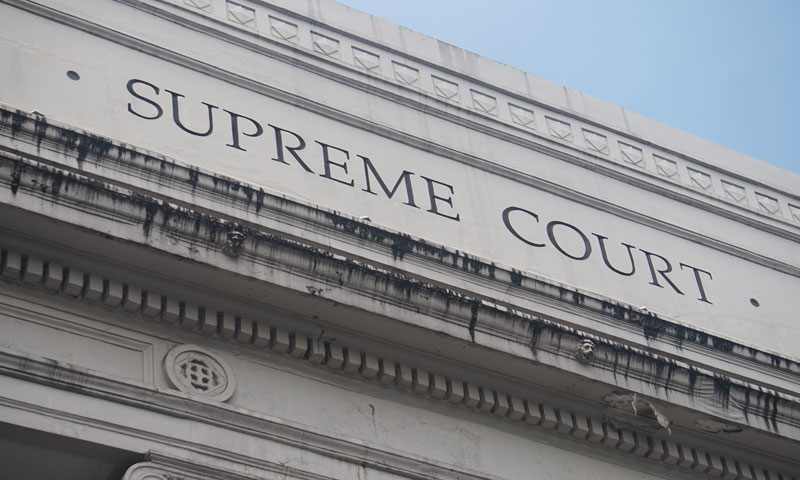Summary: Although it may now be easier to get accepted to law school, many students will be grossly unprepared and unable to pass the state bar exam.
According to CBS, it’s getting easier and easier to get into law school. This is especially good news when paired with the improvement of the legal job market.
Unfortunately, many students who are admitted to law school under reduced admission requirements may not be able to pass the bar exam. They will incur a massive amount of debt during law school, but may be unable to ever add “Esquire” to the end of their names.
Jerome Organ, a professor at the University of St. Thomas, has studied admission requirements intently. According to a recent analysis, 33 percent of entering law school students had median LSAT scores of 160 or higher in 2013. In 2010, 40.8 percent had a 160 or above. LSAT scores range from 120 to 180. First-year law students with scores of 149 or under increased from 14.2 percent to 22.5 percent. According to the New York Times, schools are competing for students with the best credentials.
Wendy Margolis of the Law School Admissions Council said, “Not all law schools are lowering admission standards. If some of them are, you would need to ask them about their individual reasons. Actually, enrollment did not start to really decline until after the recovery began. There was a lag. We really have no way of knowing what will happen in the future.”
Lowering LSAT requirements may have serious consequences.
According to Organ, some schools have noticed that the quality of their student bodies is declining. He commented, “It is a refrain that I hear with some frequency. The quality of students isn’t what it was two or three years ago.”
Between 1982 and 2012, between 30,000 and 38,000 graduates entered the law market. During that same time frame, 7,000 to 18,000 left the job market to pursue other ventures. Many anticipate that attorneys will increasingly leave the job market, while fewer students will be applying to law school.
Theodore Seto, a professor at Loyola University, agreed with Organ’s findings. He said that new graduates still must compete against new attorneys for jobs, even though the overall number of attorneys entering the market will decrease. He explained that Loyola’s employment rate actually increased more than 10 percentage points in the past two years. The school measured how many students had found jobs within 10 months of graduation.
In an email, Professor Seto said, “Yes, I still believe that demand will begin to outstrip supply soon. When and how this will be evidenced is less clear. There is a large overhang of unemployed law graduates looking for jobs. Whether employers will hire them over 2015 grads is hard to predict.”
The number of students even taking the LSAT exam has dropped significantly.
Last month, the American Bar Association released data that showed roughly 120,000 students were enrolled in the 204 ABA-approved law schools throughout the country. This is the lowest number of enrolled law students since 1987—and in 1987, there were only 175 accredited law schools. Wikipedia notes that the ABA has been accrediting schools since 1923.
The ABA requires law schools to meet certain standards to become and remain accredited. One such standard is the admission of students that the school believes are able to complete a juris doctor degree and pass the state bar exam.
Barry Courier, the ABA’s managing director of accreditation and legal education, said, “There are no specific standards for graduation rates.” Further, each state has different requirements to pass the bar exam. The association has never revoked a law school’s accreditation, and it has been close to ten years since a school was put on probation.
Recently, some law schools have reduced the number of students they accept, as well as the ranks of faculty. Many predict that some law schools will close, and that the quality of students matriculating at the remaining schools will continue to decline.
Upon graduating from a public law school, a student can expect to have about $84,600 in student loan debt. Students who attend private schools owe around $122,000. Graduates of for-profit schools, such as those owned by InfiLaw, may owe $204,000 within six months of graduation.
In addition, around a quarter of graduates from InfiLaw schools were unemployed nine months after graduation. However, their employment rates are inflated since the schools include graduates who are employed by their alma maters in temporary positions.
According to InfiLaw, its mission is to provide legal education to minority studetns who have been underrepresented in the legal profession. InfiLaw claims that its graduates pass the bar at higher rates when compared to other minorities with similar LSAT scores. Additionally, it argues that its 1.6 percent student loan default rate is “among the lowest in higher education.”
Therefore, while it may be easier to get into law school, the same rates of success may not be waiting for students upon graduation.
Source: CBS News
Photo credit: upcounsel.com

















































